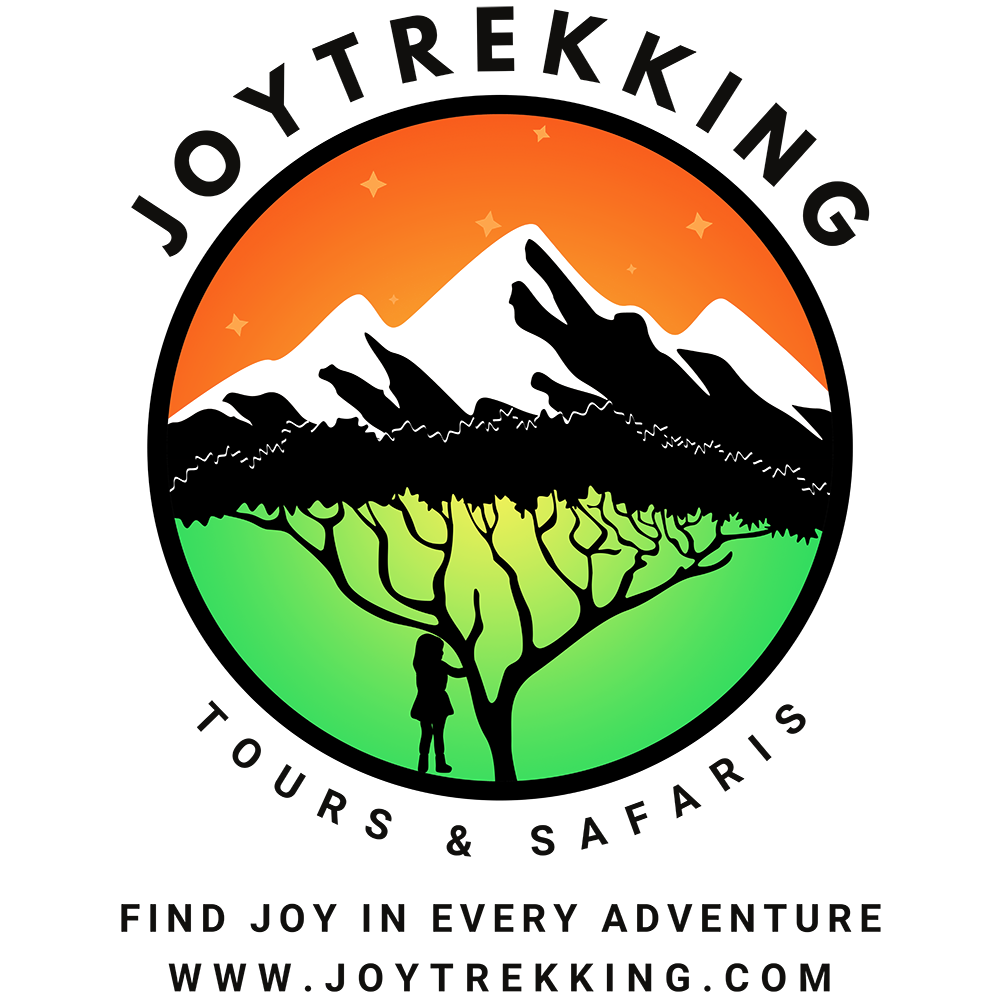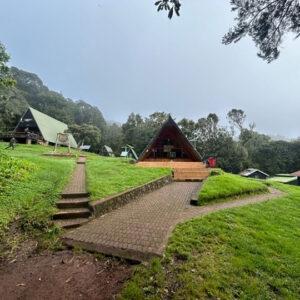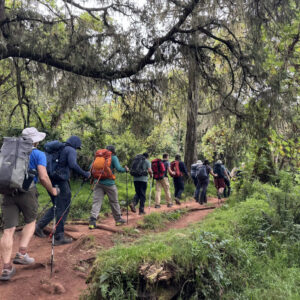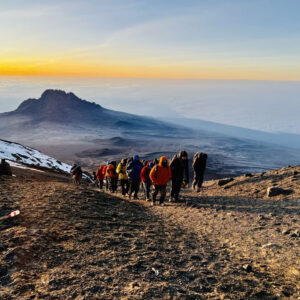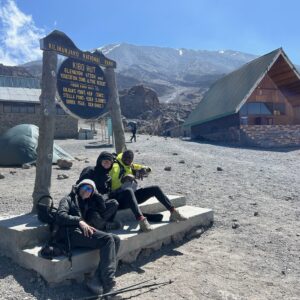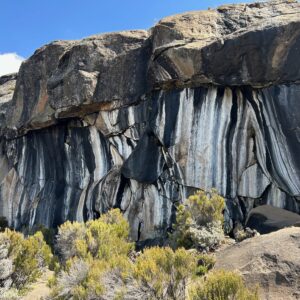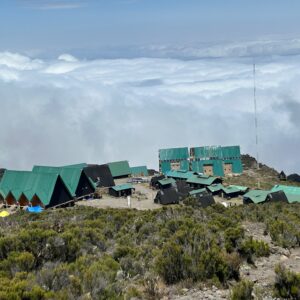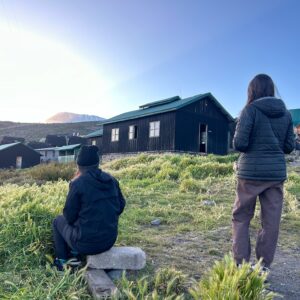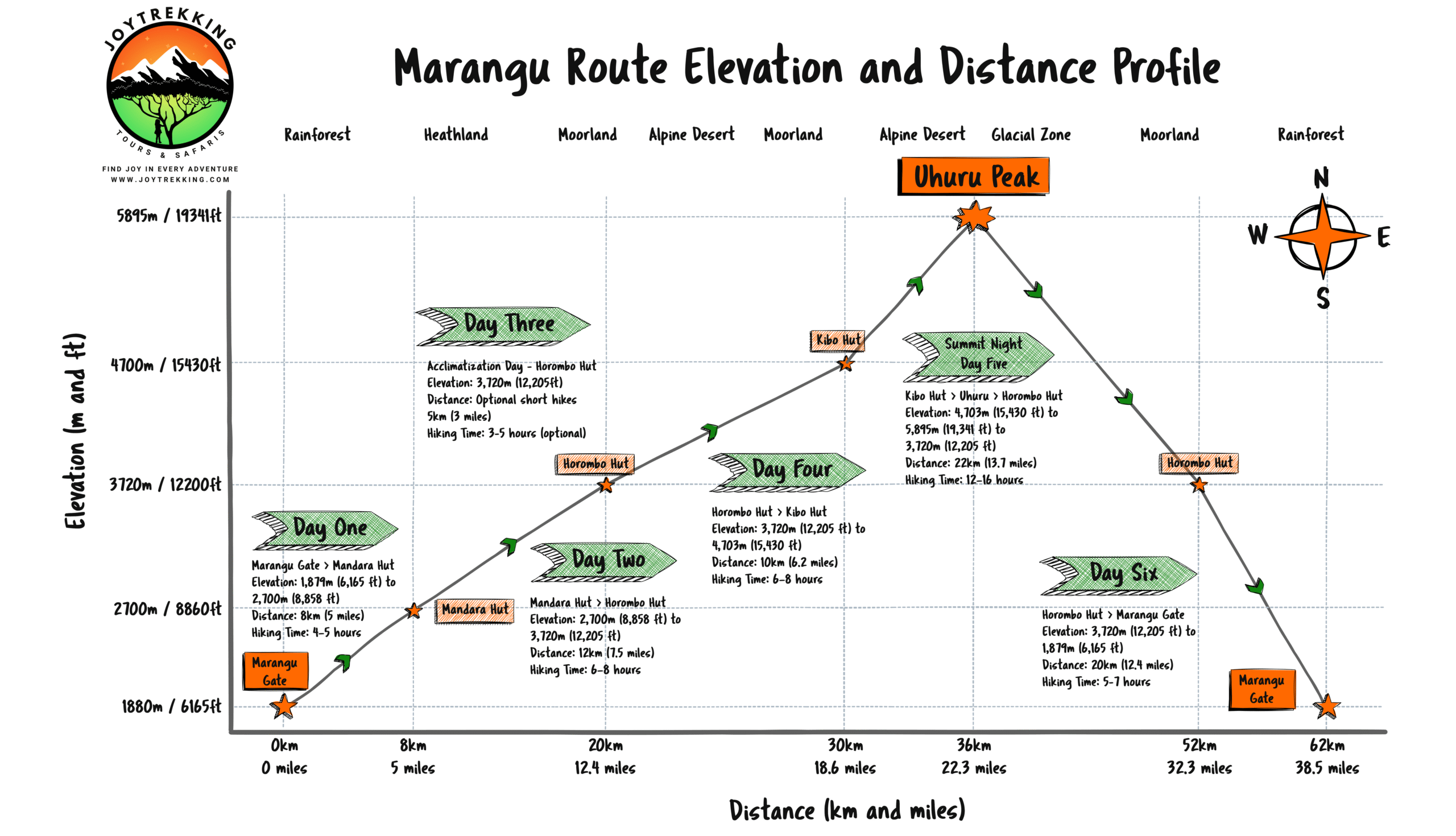The Marangu Route, often called the “Coca-Cola Route,” is the only path with hut accommodations instead of tents, making it a popular choice for climbers seeking a slightly more comfortable experience. This 6-day trek follows a direct trail up Kilimanjaro’s southeastern flank, passing through dense rainforests, rolling moorlands, and high-altitude deserts. Known for its relatively moderate difficulty and iconic views of Mawenzi Peak, this route is ideal for beginners or those looking for a well-trodden path to Uhuru Peak.
Highlights
-
Hut Accommodations for a Comfortable Experience
-
Gradual Ascent for Beginners
-
Stunning Views of Mawenzi Peak
-
Diverse Flora and Fauna
-
Shortest Route to the Summit
